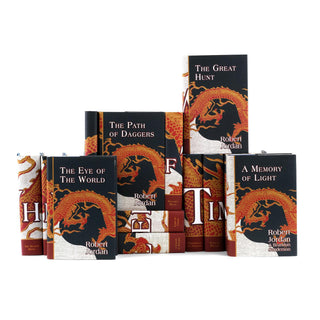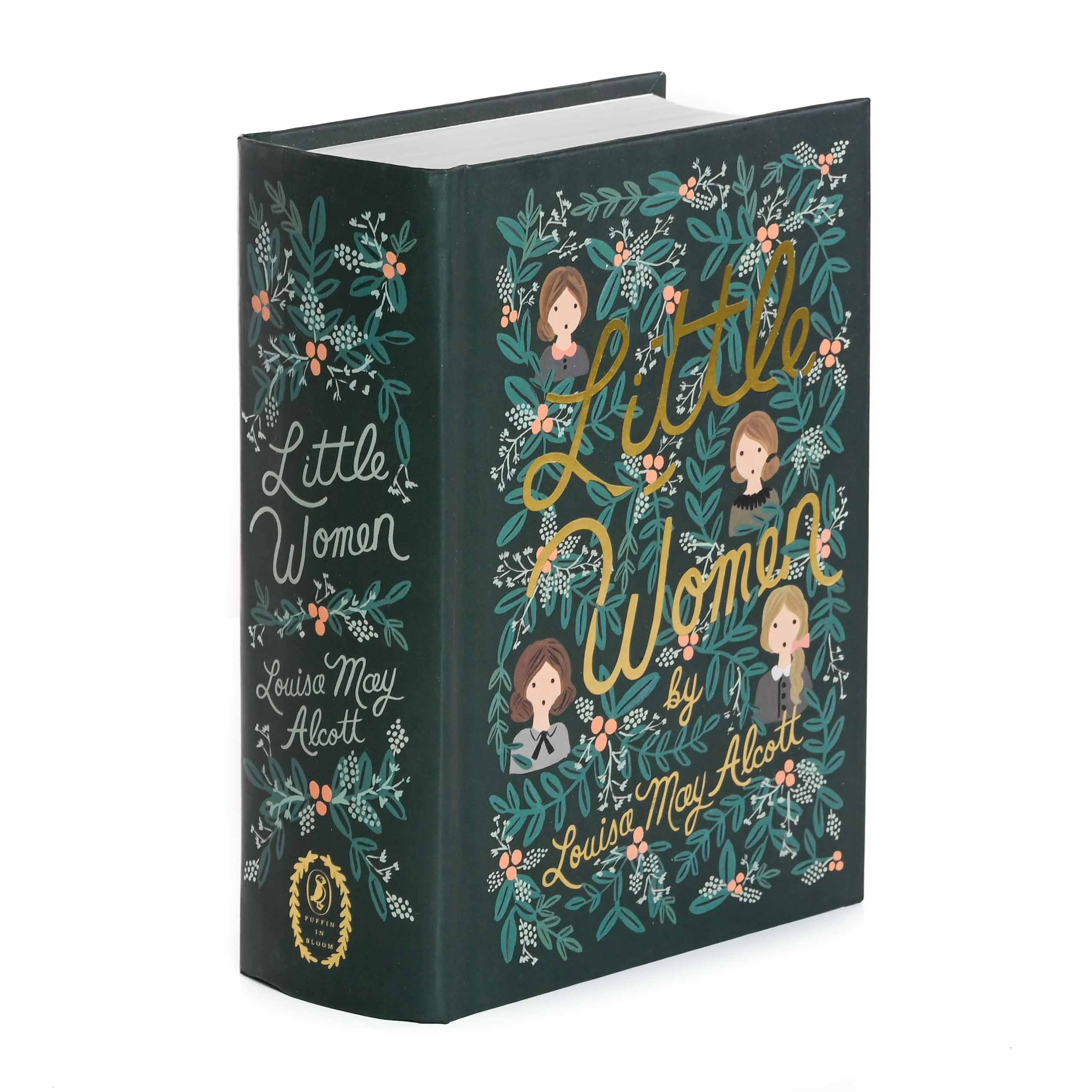New Releases in Hardcover Books You’ll Want to Read
New Releases in Hardcover Books You’ll Want to Read
Blog Article
A Comprehensive Overview to the Refine of Hardbound Books Printing
When you commence the journey of hardcover publication printing, recognizing the entire procedure is vital. From preparing your manuscript to choosing the right products, each step plays an important role in the last item. You'll need to ponder style aspects and printing strategies that fit your vision. As you browse via binding and quality control, you'll find that every decision affects the book's general charm. So, what follows in this intricate process?
Comprehending the Hardcover Book Structure
When you explore the world of hardcover publications, you'll swiftly notice that their structure is willful and distinctive. You'll find a fabric or natural leather treatment, which not only improves appearances but likewise adds to the publication's long life.
The message block itself includes multiple trademarks, or folded sheets, stitched together for stamina. You'll see that the back is strengthened, permitting a smooth lay-flat reading experience - hardcover books. Additionally, guide's weight frequently conveys a sense of high quality and permanence
Hardcover books typically feature a dust jacket, which works as a marketing device while protecting the cover. Recognizing these components aids you appreciate the craftsmanship behind hardcover books and their distinct charm in the literary world.
Manuscript Prep Work and Editing And Enhancing
Obtaining your manuscript all set for printing is vital, and it begins with correct format guidelines. You'll require to understand the modifying process to refine your work and assure it resonates with visitors. Plus, understanding proofreading methods can aid you capture those bothersome errors prior to your publication mosts likely to publish.

Manuscript Formatting Guidelines
Correct manuscript formatting is essential for creating a professional-looking hardbound publication. Start by choosing a standard font like Times New Roman or Arial in 12-point dimension. Use double-spacing throughout the file to enhance readability. Establish your margins to 1 inch on all sides, providing your text area to breathe. Number your pages in the leading right edge, and include your chapter titles at the start of each brand-new section. Usage clear headings to suggest sections, and prevent too much format like vibrant or italics unless essential. Make certain to check your manuscript for consistency stylishly, ensuring that every little thing from punctuation to spacing follows your chosen standards. Complying with these steps will certainly set a solid structure for your book.
Modifying Process Fundamentals
Modifying your manuscript is an essential action that can transform it from an outline right into a refined end product. Start by reviewing your work seriously, focusing on quality, structure, and circulation. Seek disparities in your narrative, personality growth, or argumentation. It's practical to take breaks in between rounds of modifying to obtain fresh viewpoints. Don't hesitate to reduce unnecessary web content or rephrase uncomfortable sentences; this will improve readability. Think about seeking comments from relied on peers or professional editors who can supply valuable understandings. Bear in mind, modifying isn't almost repairing errors; it has to do with fine-tuning your voice and ensuring your message resonates with readers. Embrace the process, and you'll see your manuscript luster.
Proofreading Strategies Introduction
Once you have actually brightened your manuscript with editing, the next step is to ensure it's complimentary of errors that can distract readers. Read your manuscript aloud-- this helps you hear awkward phrasing and spot typos. Think about publishing your manuscript; analysis on paper can disclose mistakes that displays miss out on.
Creating guide Cover and Interior
When you're creating your publication cover and interior, you'll want to focus on vital style aspects that record your audience's attention. Choosing the ideal typography styles and thoroughly choosing colors and images can make all the distinction in sharing your publication's style. Allow's explore how these choices can boost your job and attract readers.
Crucial Style Elements
Producing a distinctive book cover and a properly designed inside is vital for drawing in viewers and enhancing their experience. Pick colors and photos that mirror your book's style and mood.
For the interior, focus on format and white room. A tidy, orderly design helps readers browse easily. Consider using phase headings and subheadings to direct them with the material. Aesthetic elements, like graphics or images, can also enhance involvement yet ought to match the text, not bewilder it. Remember, a natural style throughout your publication cultivates an expert look that can substantially impact a reader's choice to select it up.
Picking Typography Styles
Typography plays a vital duty in both guide cover and interior decoration, shaping exactly how viewers regard your content. When selecting typography designs, consider your publication's style and target market. A classic serif font may work well for literary fiction, while a contemporary sans-serif may suit a contemporary book. Assurance readability; your text needs to be very easy on the eyes, specifically for longer passages. Take note of font dimension and line spacing, as these aspects impact general circulation. Blending typefaces can add passion, yet limit it to two or three to preserve comprehensibility. Finally, think of power structure-- make use of different designs for headings and body message to guide visitors effortlessly through your job. Your typography selections will greatly impact the visitor's experience.
Color and Imagery Selection
Picking the appropriate shades and imagery is essential for recording readers' focus and conveying your book's motifs. Begin by considering your category; vibrant colors might benefit a children's book, while soft tones fit an enigma novel. hardcover books. Use imagery that resonates with your content-- pictures, illustrations, or abstract designs can enhance your message
Believe regarding the emotions you wish to stimulate. Warm shades can produce excitement, while awesome shades typically communicate peace. When developing the cover, make sure the images does not bewilder the title and writer's name; clarity is crucial. Inside, utilize constant shade plans that match your typography. This natural method not only raises your book's aesthetic yet also improves the viewers's experience, making it much more remarkable.
Picking the Right Paper and Materials
When picking paper and materials for your hardbound publication, it's important to ponder exactly how they'll influence the overall feel and look of your project. Begin by picking the right paper weight; heavier stock often communicates top quality and durability, while lighter paper can create a more delicate touch. Take into consideration the coating as well; shiny paper improves colors and photos, while matte can provide an innovative, downplayed look.
Don't forget about the cover products. Fabric, natural leather, or printed paper can establish the tone for your book. If your job includes images, go with acid-free paper to avoid yellowing over time. Additionally, think of the binding products; utilizing top notch glue guarantees your book lasts.
Inevitably, the options you make right here show your vision, so make the effort to sample different products (hardcover books). Your options will help develop a book that's not just visually appealing however practical and likewise durable
The Printing Process: Techniques and Technologies
A selection of printing methods and modern technologies can bring your hardcover book to life, each offering one-of-a-kind advantages. Digital printing is a prominent selection for short runs, enabling fast turnaround and cost-effective options. It's best when you require to print smaller quantities without sacrificing high quality. On the other hand, balanced out printing excels in creating big quantities, supplying constant and top quality results. This technique is excellent for extensive publications where shade precision and great details matter.
Recognizing these methods helps you make informed decisions, ensuring your hardcover book not only looks great yet additionally fulfills your production needs effectively. Select the right method to boost your book's appeal and influence.
Binding Methods for Hardcover Books
Several binding methods can transform your hardbound publication into a eye-catching and long lasting product. One popular alternative holds true binding approach, where the web pages are stitched and after that connected to a rigid cover. This offers outstanding resilience and a professional appearance. One more method is the best binding, which utilizes adhesive to hold the pages with each other, enabling a sleek back but much less longevity compared to instance see this page binding.
You may additionally think about spiral binding, which have a peek at this website enables your book to lay level, making it excellent for handbooks or workbooks. It does not supply the same protective cover as situation binding. Finally, there's the saddle stitch approach, ideal for smaller publications, where sheets are folded and stapled with each other. Each binding method has its benefits and fits different requirements, so assume concerning your book's objective and audience when choosing the ideal choice for your project.
High Quality Control and Last Touches
After picking the right binding method for your hardcover publication, quality assurance becomes crucial to validate your end product satisfies your assumptions. Begin by examining the printed pages for any type of mistakes or variances in shade and format. You do not wish to miss out on any type of typos or misprints that can impact your visitors' experience.
Next, inspect the binding honesty. Validate the web pages are securely connected and that the back is strong. A well-bound publication not just looks professional but also feels resilient in your hands.
Additionally, pay focus to the cover. Seek any kind of scuff marks or imbalances in the art work. Make certain they're applied constantly across all duplicates. if you've decided for unique coatings visit this site right here like embossing or foil stamping.
Ultimately, carry out an extensive inspection of the entire set before transferring to distribution. In this manner, you can verify that every book mirrors your high standards.
Frequently Asked Inquiries
How much time Does the Hardbound Book Printing Refine Commonly Take?

What Is the Minimum Order Quantity for Hardcover Books?
The minimum order amount for hardbound publications usually starts around 100 duplicates, yet it can vary based on the printer. You need to talk to your picked printing service for their particular requirements and pricing.

Can I Print Hardcover Books in Personalized Sizes?
Yes, you can print hardcover books in custom sizes. Numerous printing services provide flexibility with dimensions, allowing you to choose a layout that matches your job. Just verify the specs prior to putting your order.
Are There Eco-Friendly Options for Hardbound Book Printing?
Yes, you can find green alternatives for hardbound book printing. Lots of business make use of recycled materials and sustainable inks. Simply ask your printer about their green practices to guarantee your project lines up with your ecological worths.
What Are the Expenses Connected With Hardbound Book Printing?
When thinking about hardbound publication printing costs, you'll need to consider materials, layout, and printing methods. Additional expenses like delivery and binding can likewise affect your overall budget plan, so plan appropriately for your job.
When you commence the journey of hardbound book printing, understanding the entire procedure is necessary.A range of printing techniques and innovations can bring your hardbound publication to life, each offering distinct advantages. Just how Lengthy Does the Hardcover Publication Printing Process Usually Take?
The hardcover publication printing procedure normally takes about 2 to 6 weeks.Yes, you can find eco-friendly alternatives for hardcover book printing.
Report this page